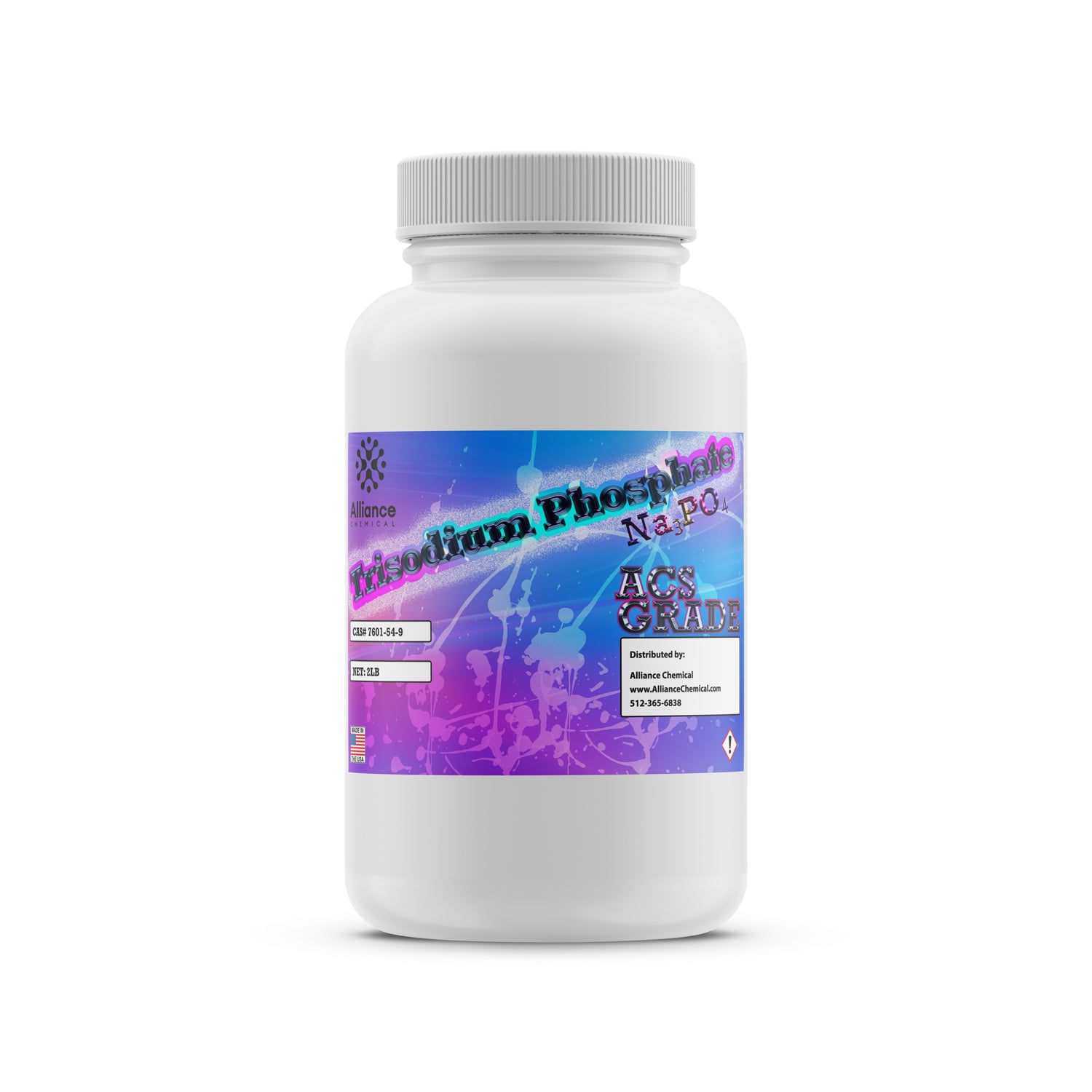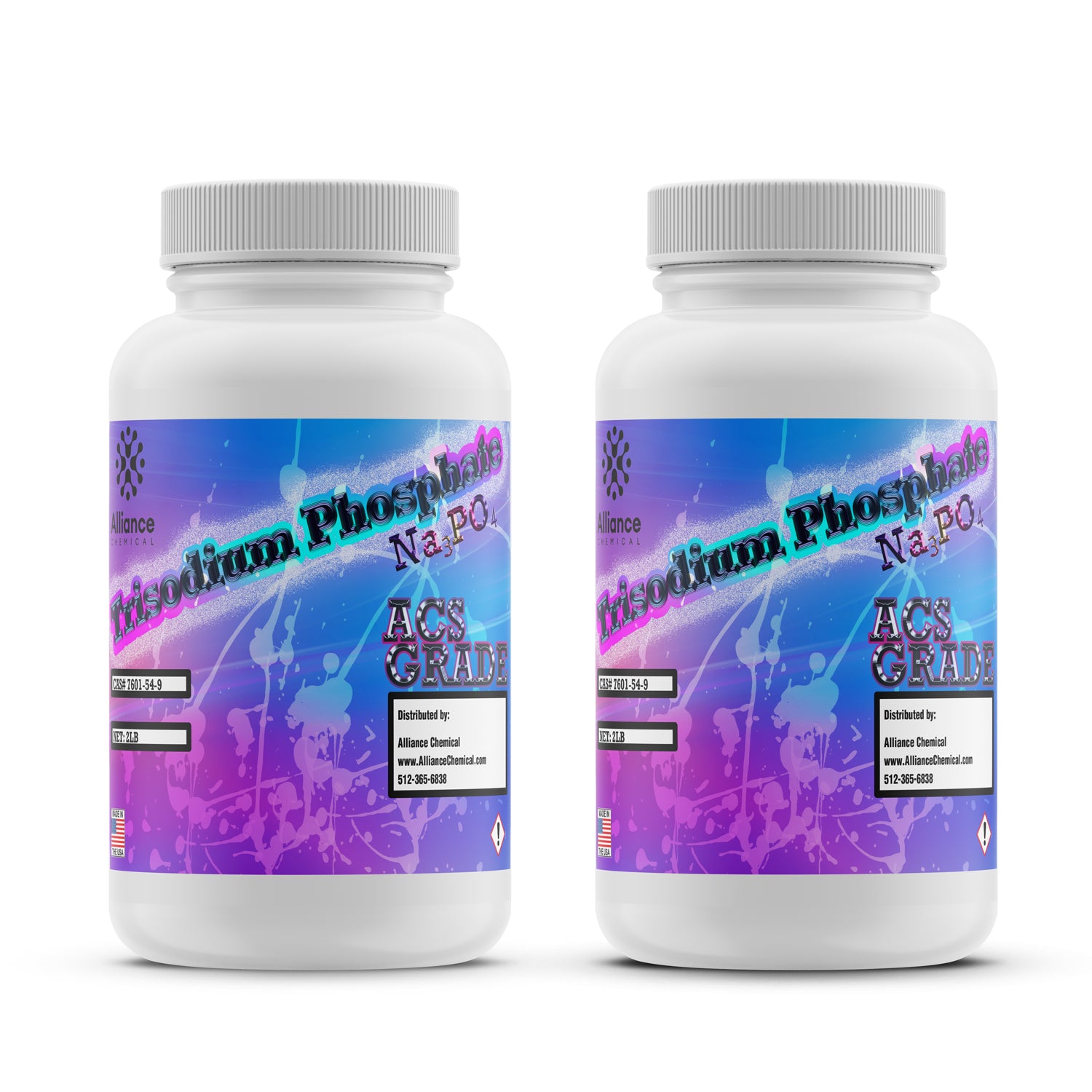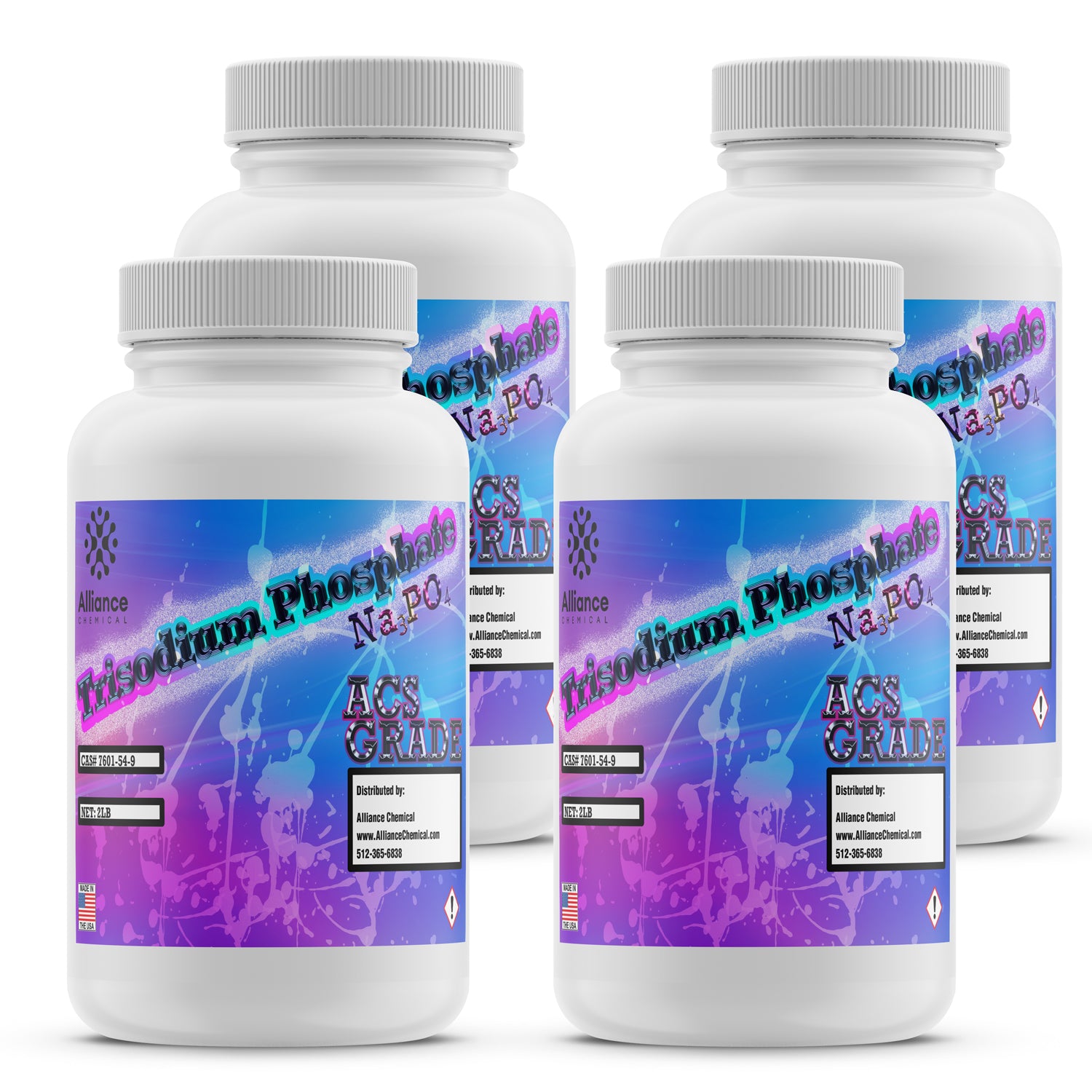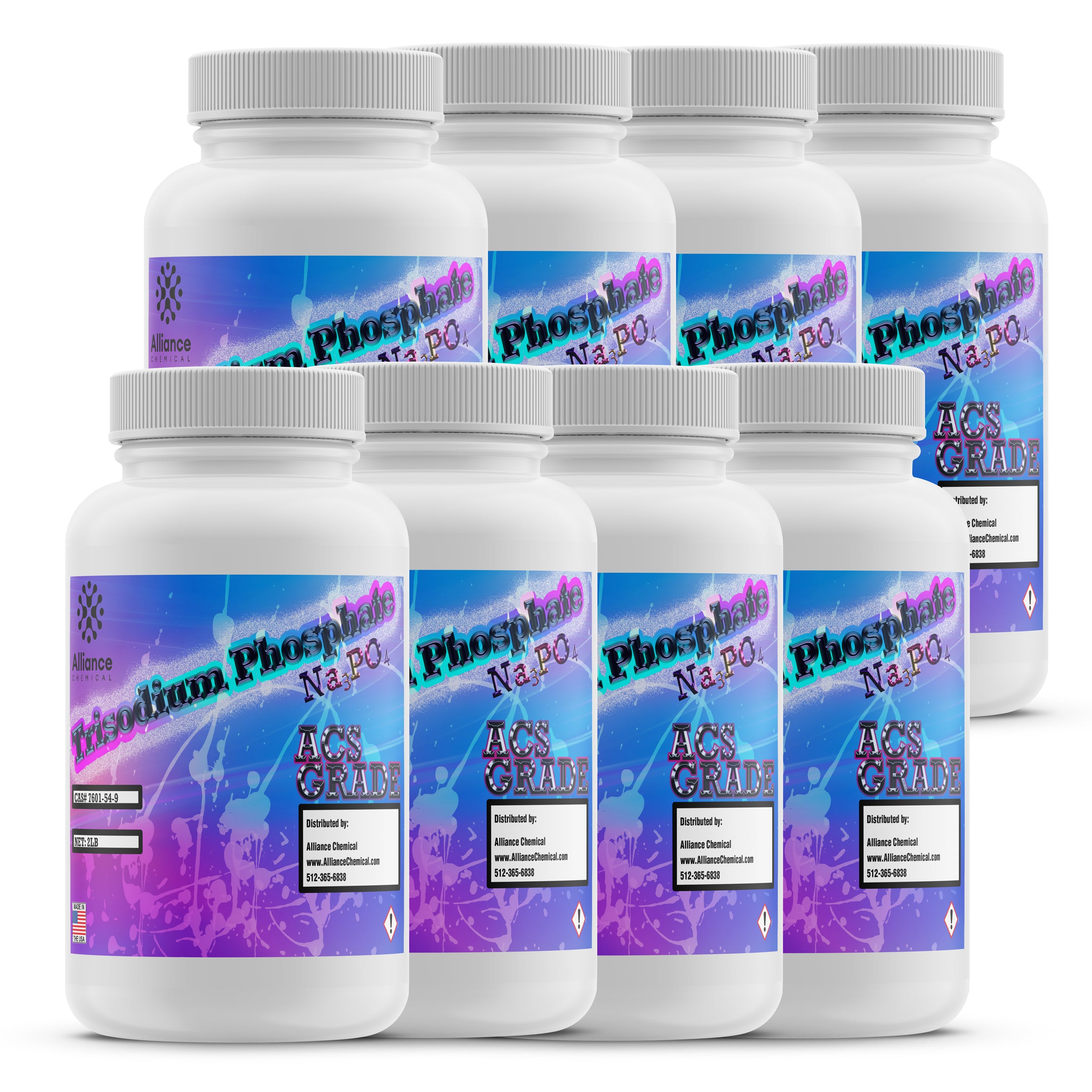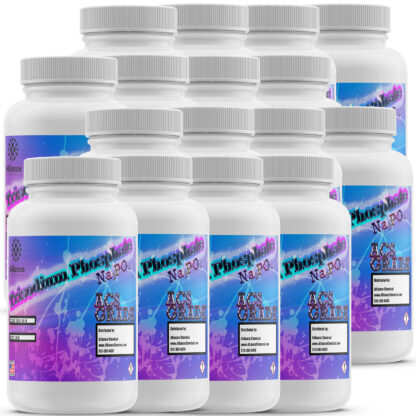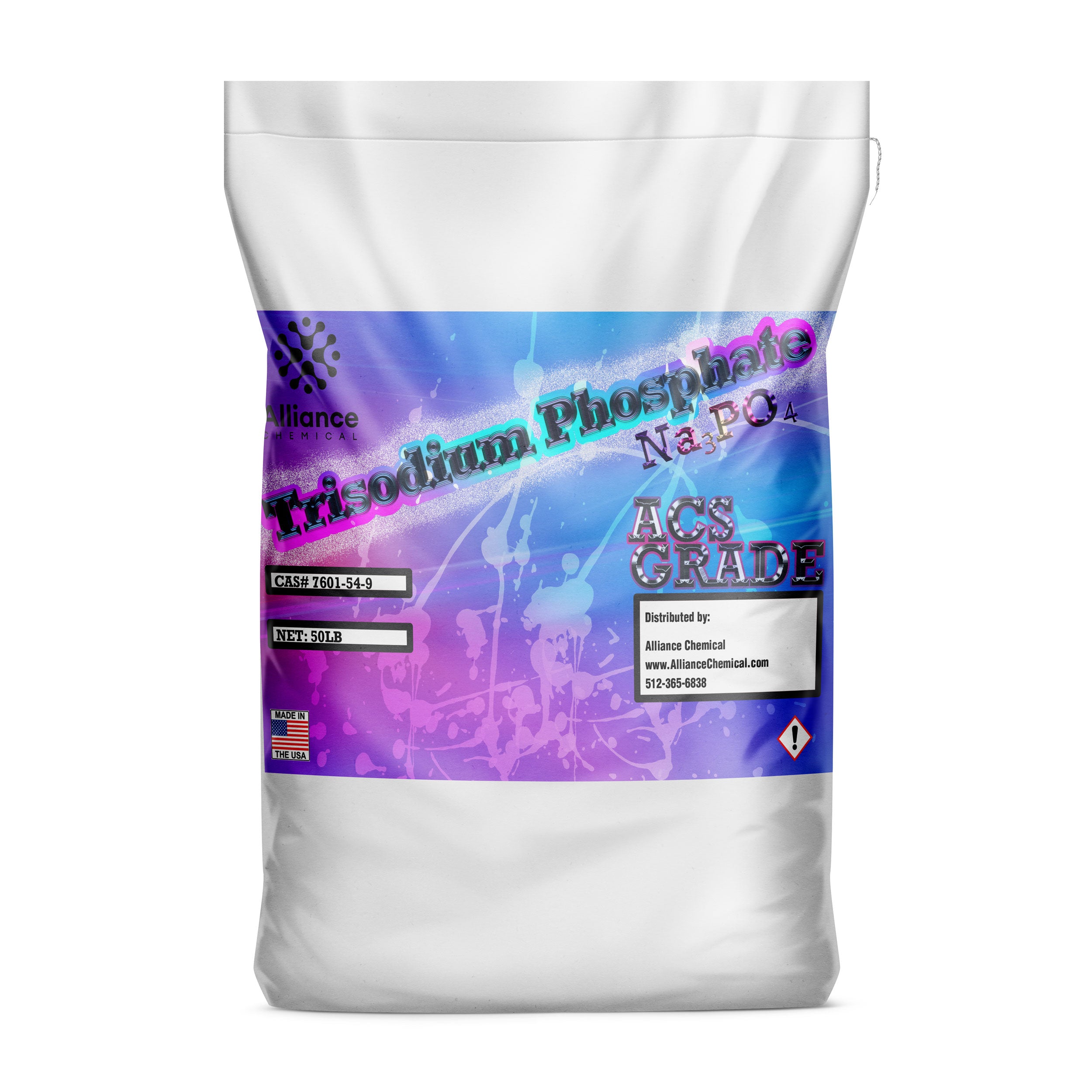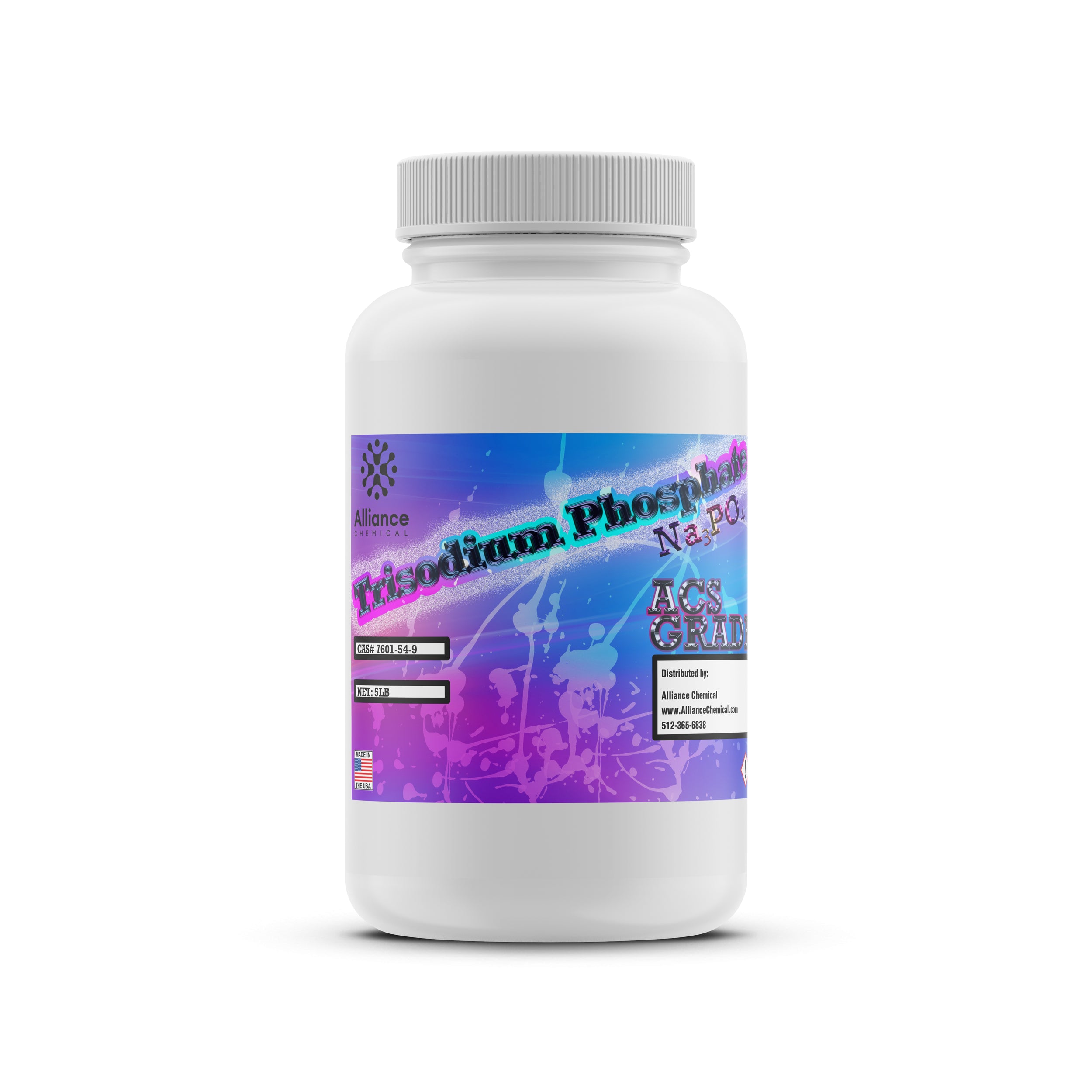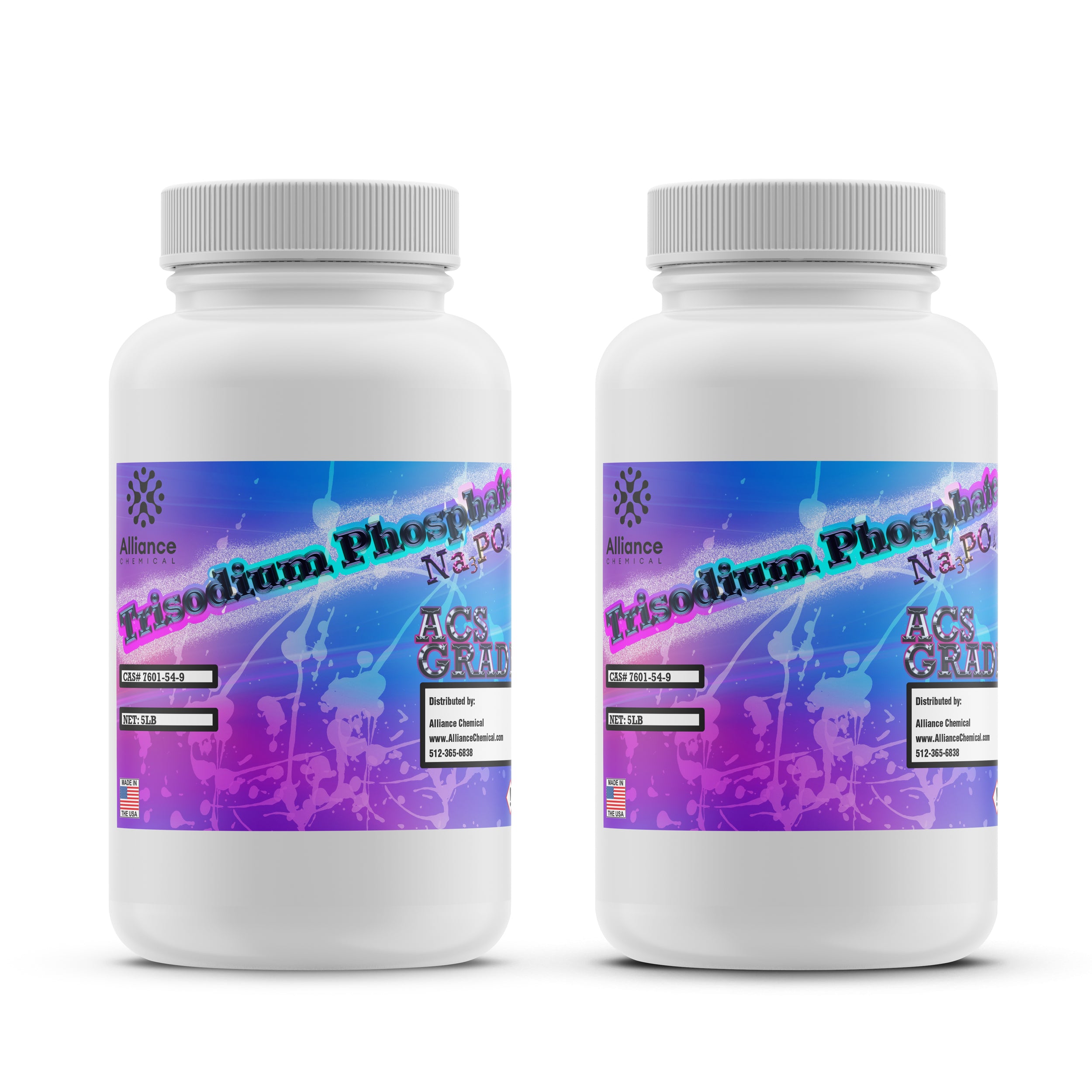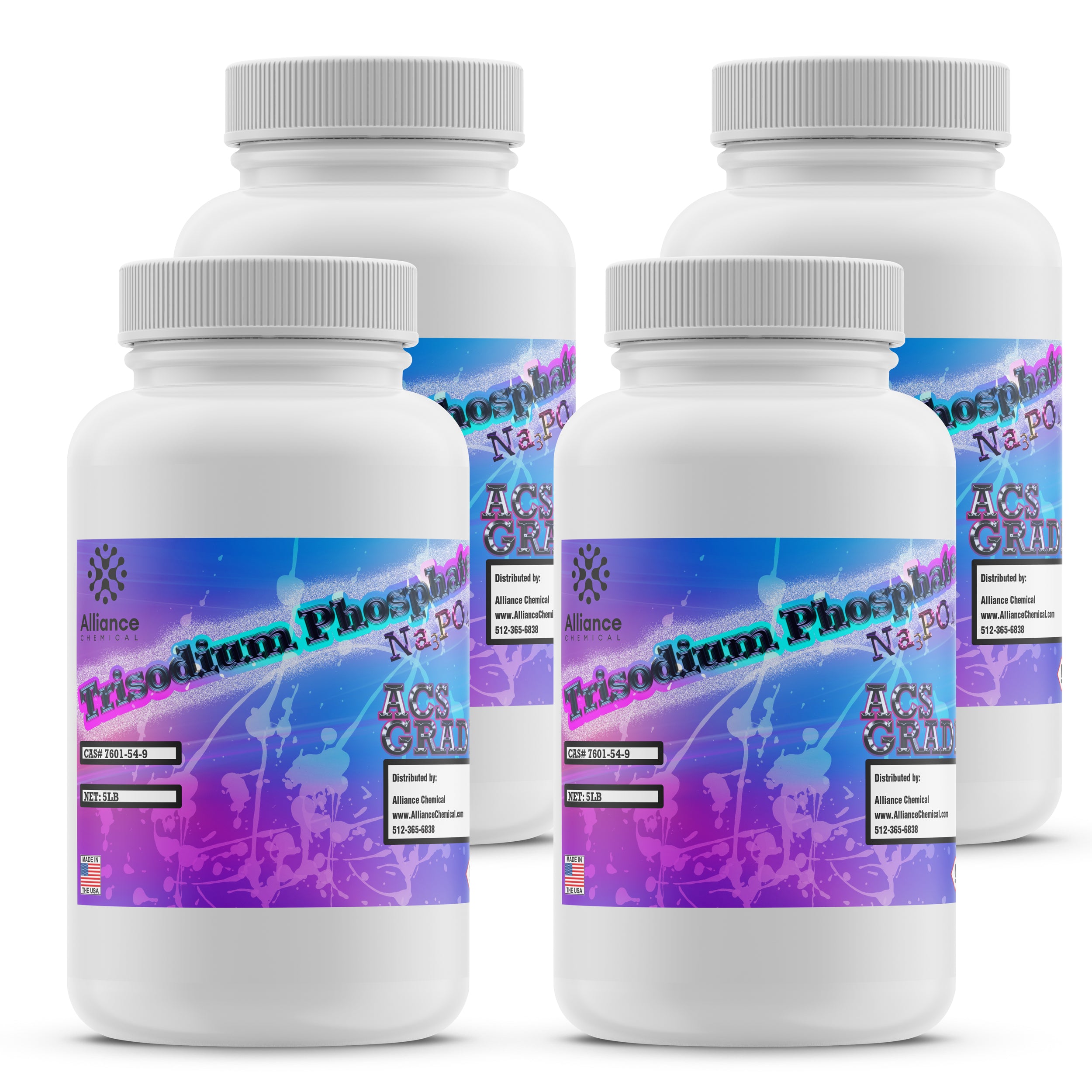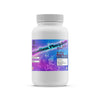Trisodium Phosphate Dodecahydrate - ACS Reagent Grade
Category : Inorganic Compounds
$15.36
Unit price
Quantity
Ask a question
Product Overview
Trisodium Phosphate Dodecahydrate (Na3PO4·12H2O), commonly referred to as TSP, is a premium ACS Reagent Grade compound. This highly soluble, crystalline material acts as a robust buffering agent and pH adjuster in aqueous systems. Meeting the stringent purity criteria of the American Chemical Society (ACS), this grade is specifically refined for analytical capability, ensuring low levels of impurities that could interfere with sensitive chemical reactions.
As a versatile alkali, TSP supports buffering in phosphate systems, effectively raises pH in cleaning formulations, and aids in hardness adjustment for water treatment. Its low heavy metal content and high assay consistency make it the preferred choice for quality-critical workflows in analytical laboratories, chemical processing, and environmental testing. The product is supplied as a white, odorless crystalline powder, packaged to prevent clumping and ensure ease of handling.
Key Properties
- Appearance: White crystalline powder
- Odor: Odorless
- CAS Number: 10101-89-0
- Chemical Formula: Na3PO4·12H2O
- Molecular Weight: 380.12 g/mol
- Grade: ACS Reagent Grade
- Solubility: Soluble in water
- Assay: ≥ 98.0% (Typical ~99.6%)
- Specific Gravity: 1.63 (typical at 20°C)
- Insoluble Matter: Max 0.01%
- Chloride (Cl): Max 0.001%
- Sulfate (SO4): Max 0.01%
- Heavy Metals (as Pb): Max 0.001%
- Iron (Fe): Max 0.001%
Common Applications
- Analytical Chemistry: Used as a high-purity buffering agent to maintain stable pH in titrations, sample preparation, and colorimetric assays.
- Industrial Cleaning: Serves as a powerful alkaline cleaner and degreaser for equipment surfaces, capable of saponifying fats and oils.
- Water Treatment: applied for pH adjustment and precipitation of hardness salts (calcium and magnesium) in boiler and process water systems.
- Chemical Processing: Functions as a sequestering agent and emulsifier in the formulation of specialty chemicals and surface treatment solutions.
- Laboratory Reagent: Standard reagent for calibration and solution preparation in research and educational facilities.
Safety & Handling
Trisodium Phosphate is alkaline and should be handled with appropriate Personal Protective Equipment (PPE). Wear chemical-resistant gloves, safety goggles, and a lab coat to prevent skin and eye contact. Use in a well-ventilated area to avoid inhaling dust.
Store in a cool, dry place in tightly closed containers (HDPE or glass) to prevent moisture absorption and caking. Incompatible with strong acids. Refer to the Safety Data Sheet (SDS) for comprehensive safety, disposal, and emergency procedures.
Related Products
| Property | Value |
|---|---|
| Molecular Weight | 380.12 g/mol |
| Formula | Na3PO4 · 12H2O |
| Flash Point | N/A |
| Solubility | Soluble in water |
| Appearance | White crystalline powder, hygroscopic |
| Melting Point | 73 °C |
| Boiling Point | 100 °C |
0Y-4JSZ-V5QS
$15.36
Unit price
Compare Products
| Price |
|---|
| SKU |
| Rating |
| Discount |
| Vendor |
| Tags |
| Weight |
| Stock |
| Short Description |

